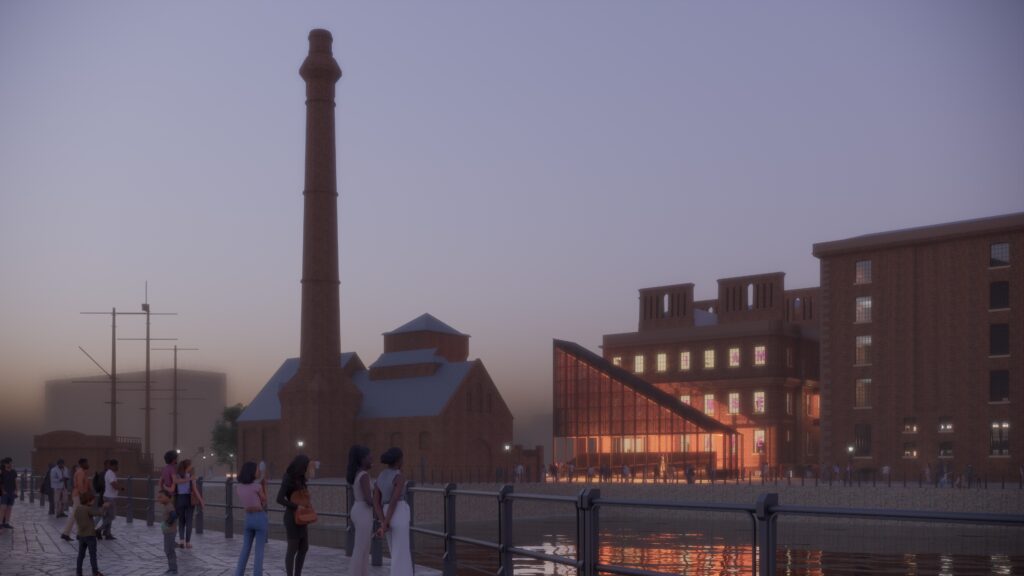Our Approach and Case Study

Our project addresses two strands of an AHRC-DCMS targeted call exploring how to better understand and measure the values of culture and heritage. Firstly, we aim to explore linkages between methodologies that explore why people value culture and heritage and the economic techniques to measure these. Secondly, we aim to better understand, define and incorporate so-called non-use values into economic valuations of culture.
By non -use, we mean the different values that people might attribute to a cultural heritage site or collection even if they don’t directly engage with it. These are difficult to define and measure. Of course, there are some measures, and there are several studies exploring the possibilities and also the limitations of these. However, there are gaps in how we both understand and measure non -use.
Through a specific regional case study, we are aiming to expand understandings of non use values. For example, by exploring the role of place and identities, and of socio economic and ethnic diversity in better defining and incorporating them.
Our Case Study: The Waterfront Transformation Project

To do this, we are working with National Museums Liverpool and we are using the Waterfront Transformation Project as a case study.
The Transformation Project involves the area between the Royal Albert Dock and Mann Island and is part of a 10-year masterplan reimagining Liverpool’s waterfront. It encompasses several key sites: the International Slavery Museum, the Maritime Museum, Museum of Liverpool and associated public realm spaces. This includes the Canning Dock, a dry dock of key significance in relation to the city’s role in the transatlantic slavery trade.
NML have done and are doing extensive engagement work involving different communities in the design process. So, we know who is being engaged with. In effect, we also have a broad understanding of use. What we aim to do, is to understand non-use on a city and regional level. What benefits might people gain from the collections and sites incorporated in the transformation project, even if, for whatever reason, they have not or do not intend to directly engage with them. How might these intersect with and be informed by their own heritage practices, memories, or sense of place and identity?
Methodology
We have a mixed methods interdisciplinary approach to enable us to do this. There are three work packages, but they are each interlinked and the team work together across each.
WP 1 is all about understanding the regional context, history, usage, and also wider context in terms of policy and planning.
WP 2 is the qualitative component, and with this the community workshops to query and better define non-use values.
WP 3 is the quantitative component, based on findings of the workshops, the co-working with NML and related data, and the regional stakeholder engagement. This will lead to the design and piloting on a regional level of a survey to test non-use values. Finally, we will explore how the results might feed into a SCBA